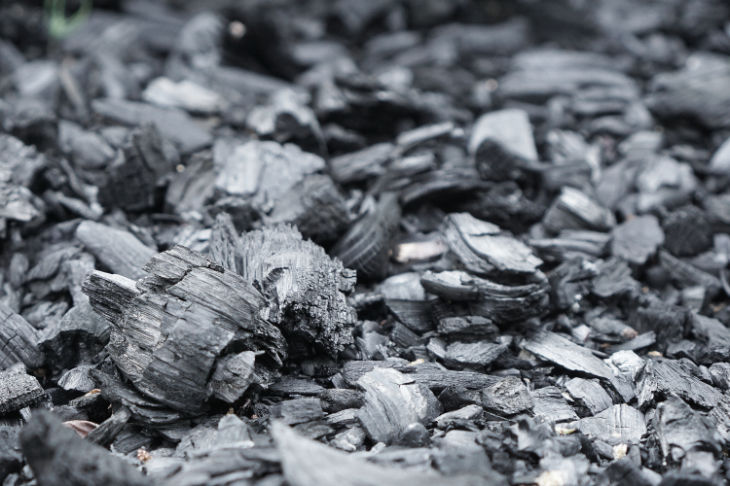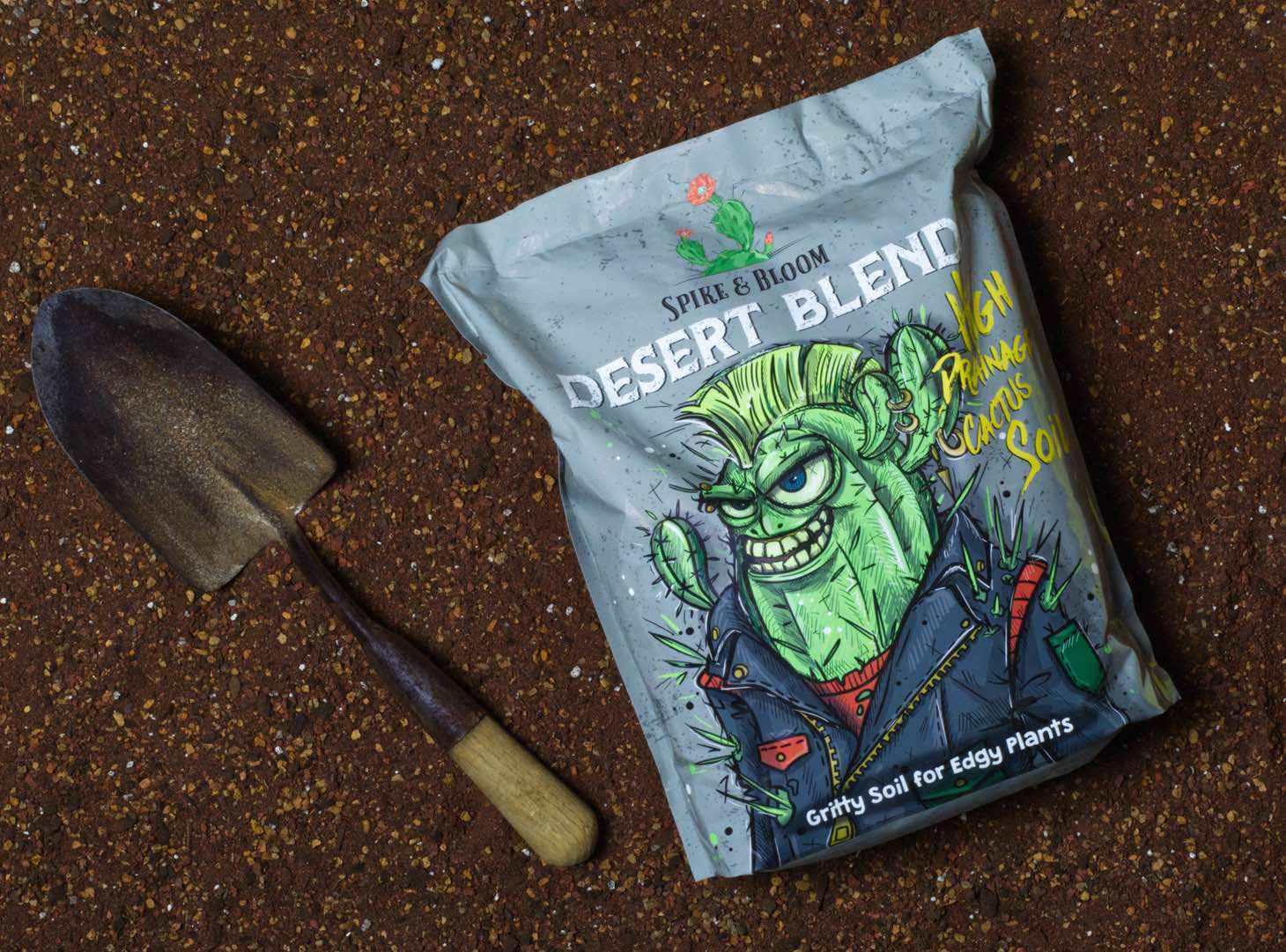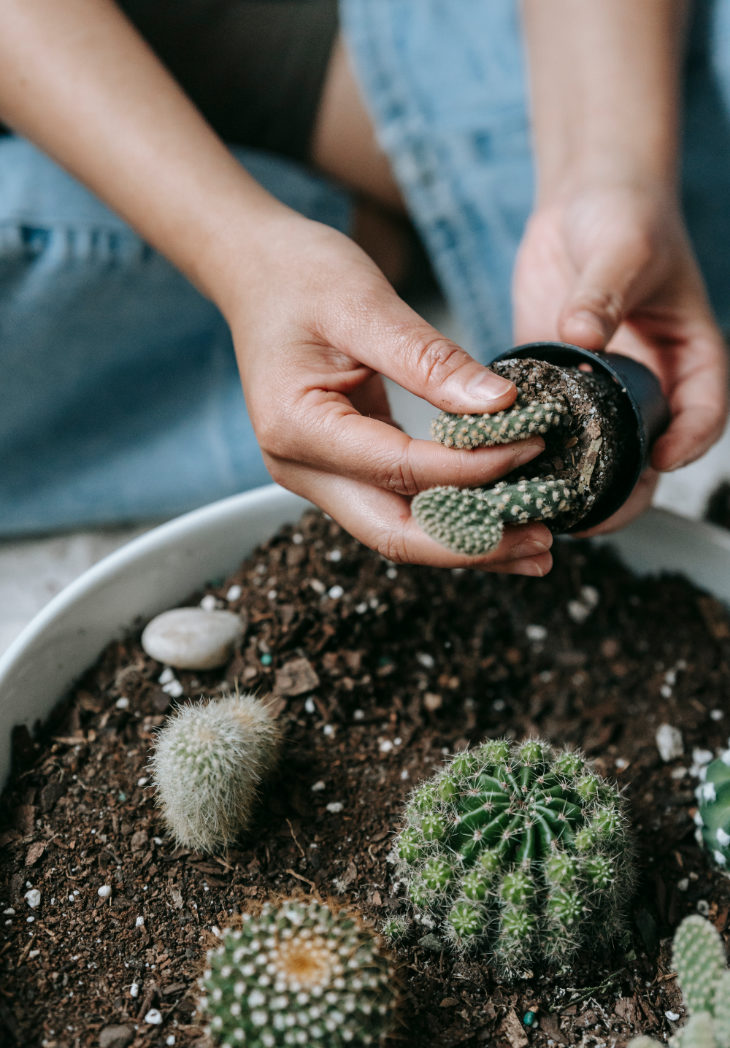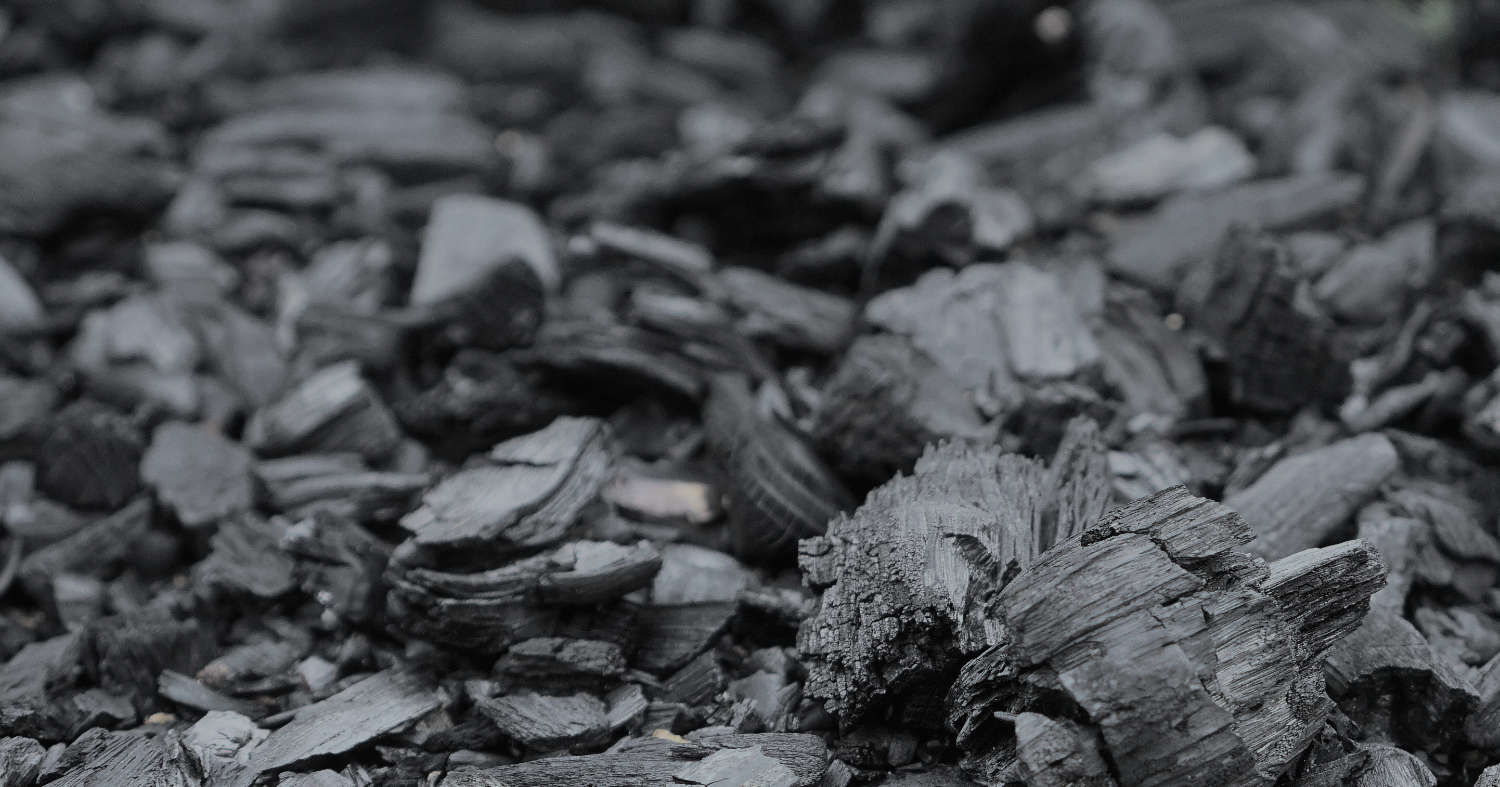Charcoal & Cactus Soil Health
Potting soil is an essential component for growing healthy cactus plants in containers. The quality of your cactus soil plays a crucial role in the growth and overall health of the plants.
Charcoal is a natural substance that has become increasingly popular in recent years as a soil additive. Charcoal is known for its ability to improve soil structure, promote healthy microorganisms, and absorb excess moisture and toxins.
In this outline, we will explore the benefits of adding charcoal to potting soil, how to incorporate it effectively, and some precautions to take.
Benefits of adding charcoal to potting soil
Improves Drainage And Aeration
Charcoal is highly porous and has a large surface area. Charcoal’s porous structure creates space for air and water to move more freely, promoting better drainage and aeration. This helps prevent soil compaction and allows plant roots to access oxygen more easily.

This all leads to healthier roots, better nutrient uptake, and increased plant growth! Charcoal also reduces the risk of water-logging, which can be harmful to plants like cactus that are especially sensitive to overwatering.
It does this by simultaneously allowing much of the water to pass through yet retaining just a tiny amount of moisture to remain in porous regions of the charcoal structure. This moisture becomes available to the plant’s roots when needed.
Absorbs Excess Moisture And Toxins
Charcoal’s high surface area makes it an excellent absorber of moisture and toxins. It can bind to harmful substances in soil, such as heavy metals and pesticides, preventing them from being taken up by plant roots. This helps reduce the risk of plant diseases caused by fungal and bacterial growth in soil.
Promotes Healthy Microorganisms
Charcoal provides a suitable habitat for beneficial bacteria and fungi that help decompose organic matter and improve nitrogen quantities in the soil. These microorganisms play a crucial role in nutrient cycling, making essential nutrients available to your plants.

By promoting healthy microorganisms and improving nutrient availability, charcoal enhances soil fertility, leading to improved plant growth. Most cacti are very slow to grow, so any enhancements in a cacti’s growth is always welcomed!
According to Cornell University: “University studies have shown that adding charcoal (also called Biochar) to soil increases the soil’s water-holding capacity, reduces soil density, improves soil structure, and has been proven to reduce soil nutrient leaching and increase crop growth.”
In summary, adding charcoal to your cactus soil can improve drainage and aeration, absorb excess moisture and toxins, promote healthy microorganisms, and increase soil pH. These benefits can lead to healthier and stronger plants. In the next section, we will discuss how to effectively add charcoal to potting soil.
How To Effectively Add Charcoal To Potting Soil
Adding charcoal to potting soil is a simple process, but it’s important to do it correctly to ensure the best results. Here are some tips on how to effectively add charcoal to potting soil:
Determine The Appropriate Amount
The amount of charcoal needed depends on the size of the container and the type of plant being grown. It’s easiest to calculate quantities in terms of parts or percentages.
A general rule of thumb is to add 10-20% charcoal to the potting soil mixture. However, for plants that require well-draining soil, a higher amount of charcoal may be necessary. Some research and experimentation may be required depending on the species of your cactus of course!

Mix Well With Potting Soil
Once you have determined the appropriate amount of charcoal, mix it well with the potting soil. A good way to do this is to crush the charcoal into smaller pieces before adding it to the potting soil. You can also purchase charcoal that is already crushed.
For Spike & Blooms‘ cactus soil we add fine, granular charcoal that is barely noticeable in the overall cactus soil mix. Our tiny charcoal particles are mixed seamlessly into our cactus soil for a high performance soil. Also note that we ethically source our charcoal and other ingredients and blend the soil right here in the United States.

Replenish Periodically
Over time, charcoal can become saturated with toxins and lose its effectiveness. To ensure continued benefits, it’s a good idea to replenish the charcoal periodically. This can be done by adding a small amount of fresh charcoal to the potting soil mixture during repotting or better yet, use a new batch of premade cactus potting soil when repotting. You can add the older, spent soil to your outdoor garden if you are concerned about wasting it.
Use Caution With Seedlings
While charcoal can be beneficial for many plants, it’s not recommended for use with seedlings. The high alkalinity of charcoal can be harmful to the delicate roots of seedlings. Wait until the plants have developed a strong root system before adding charcoal to their potting soil.

Adding charcoal to potting soil is a simple process, but it’s important to determine the appropriate amount, mix it in well with the potting soil and replenish it periodically. Take caution when using it with seedlings to avoid harming their delicate roots. By following these tips, you can effectively add charcoal to potting soil and reap the benefits it provides.
Conclusion
In conclusion, adding charcoal to potting soil can provide many benefits for plants, including improved drainage and soil aeration. Absorption of excess moisture and toxins, promotion of healthy microorganisms can also be expected.
Charcoal is particularly beneficial for potted cacti and succulents in general, which require well-draining soil to thrive. Whether you are a seasoned gardener or just starting, incorporating charcoal into your potting soil mix or purchasing a ready-made cactus mix with charcoal already added is a simple and effective way to promote healthy plant growth for these amazing desert plants.

